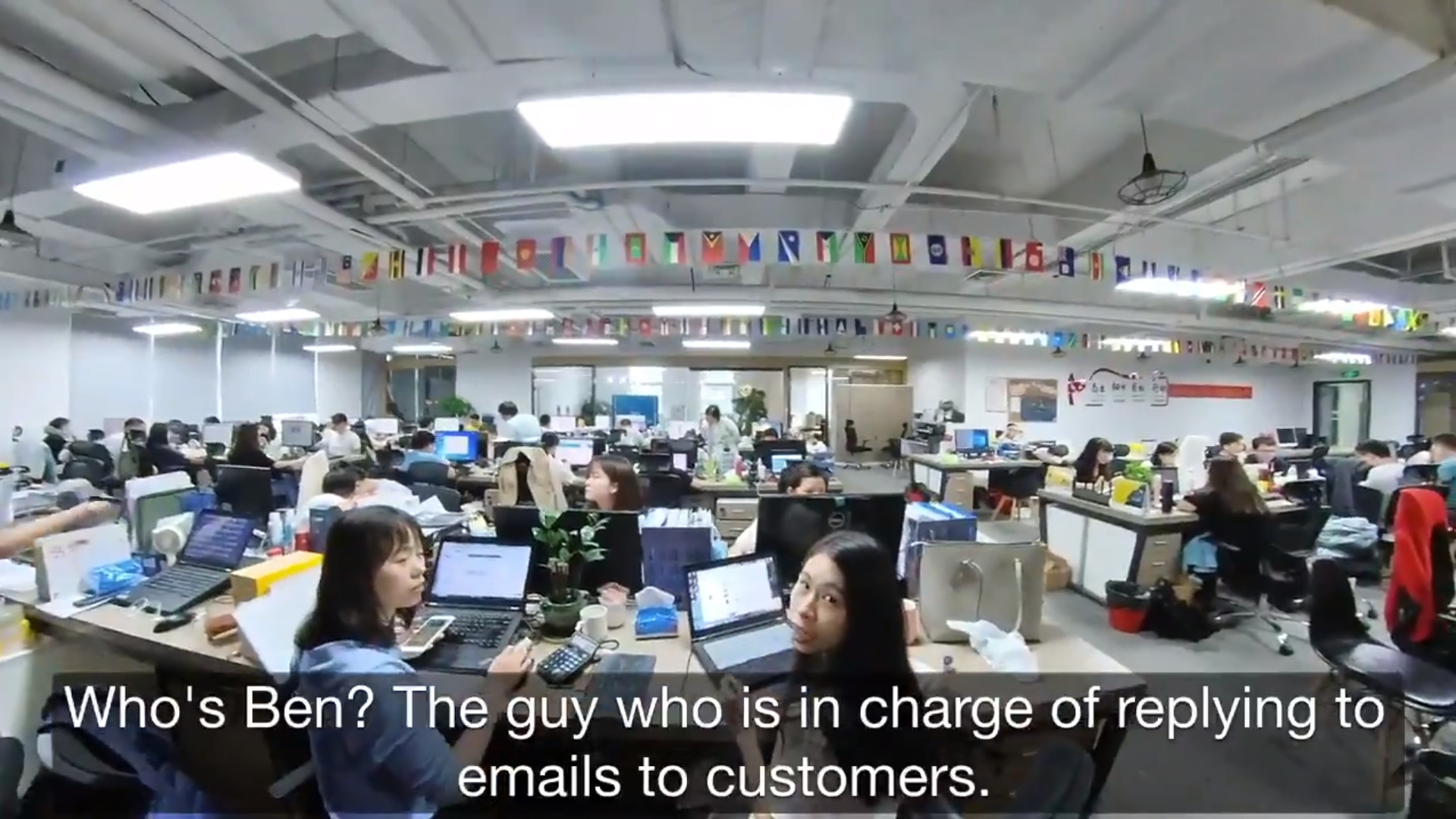Affiliate links on Android Authority may earn us a commission. Learn more.
Watch: YouTuber visits mobile brand's office for Android source code
Published onAugust 23, 2021
- A YouTuber has jumped through a major hoop in order to get source code from an Android OEM.
- Umidigi requires customers to visit their Shenzhen office during business hours.
- The firm also says employees at this office only speak Chinese languages.
The timely release of source code from Android manufacturers is one of the biggest annoyances in the enthusiast and custom ROM community. We’ve seen plenty of OEMs drag their feet in this regard, even though they are obliged to release this code as part of GPLv2.
It appears that second-string Chinese manufacturer Umidigi requires users to satisfy several ridiculous requirements in order to gain access to the relevant source code for their devices. Twitter user Patrycjia requested the release of source code for a phone but was told by a customer service representative that the request had to be made in person at their Shenzhen office during business hours. Furthermore, Umidigi’s response notes that only Chinese languages are spoken at this office.
It’s clear the company is trying to make it as inconvenient as possible for users to actually gain access to the relevant source code (which it’s obligated to release in the first place). This way, it can seemingly shrug its shoulders and say that it meets the GPLv2 requirements for releasing the code. By comparison, several major Android OEMs simply release the code online. But YouTuber Naomi Wu took Umidigi up on the offer.
It’s all fun and games until Naomi Wu shows up at your office to get GPLv2 compliance😎— Naomi Wu 机械妖姬 (@RealSexyCyborg) August 20, 2021
Wu visited Umidigi’s Shenzhen office, requesting the relevant kernel source code. The YouTuber even asked for the customer service representative by name, only to be told that they no longer worked at the company.
So did Wu actually get the kernel source code from Umidigi in the end? She noted on Reddit that she has received some files but is still trying to get the rest of them. Either way, it highlights the lengths that some dubious Android brands will go to in order to shirk their legal responsibility. After all, there’s no reason why the source code couldn’t be published online.
